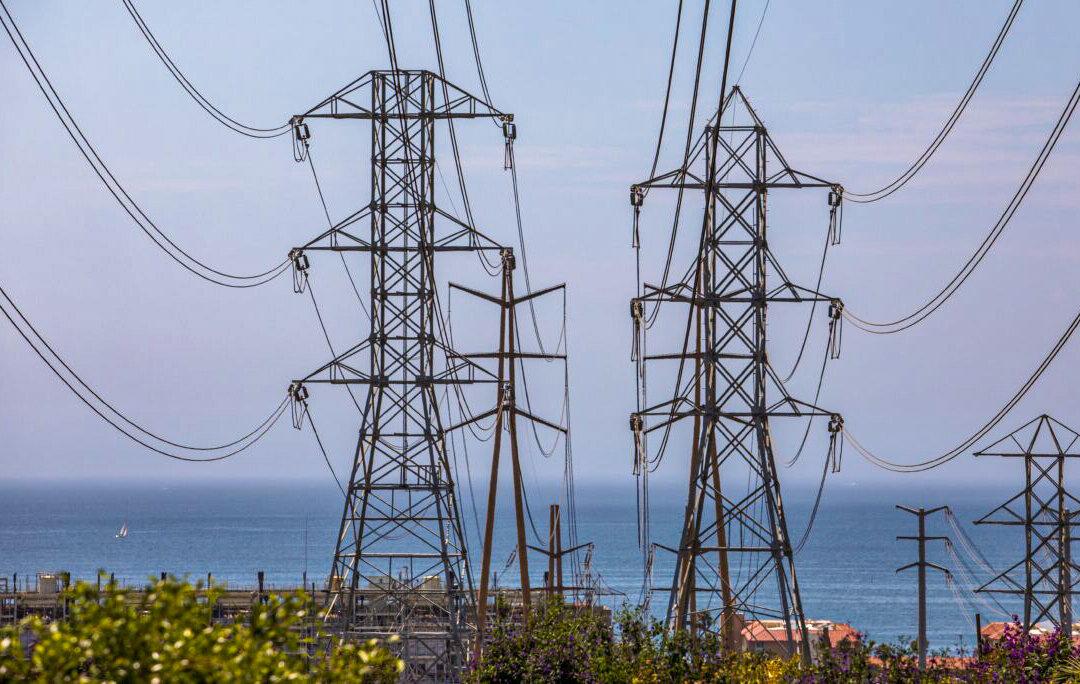Commentary
Orange County Power Authority (OCPA) arrived on the scene promising to out-green and underprice Southern California Edison (Edison) with a new way of serving Orange County’s electricity consumers. The agency immediately engaged in what many have called personnel miscues, financial shell games, and energy green-washing.





